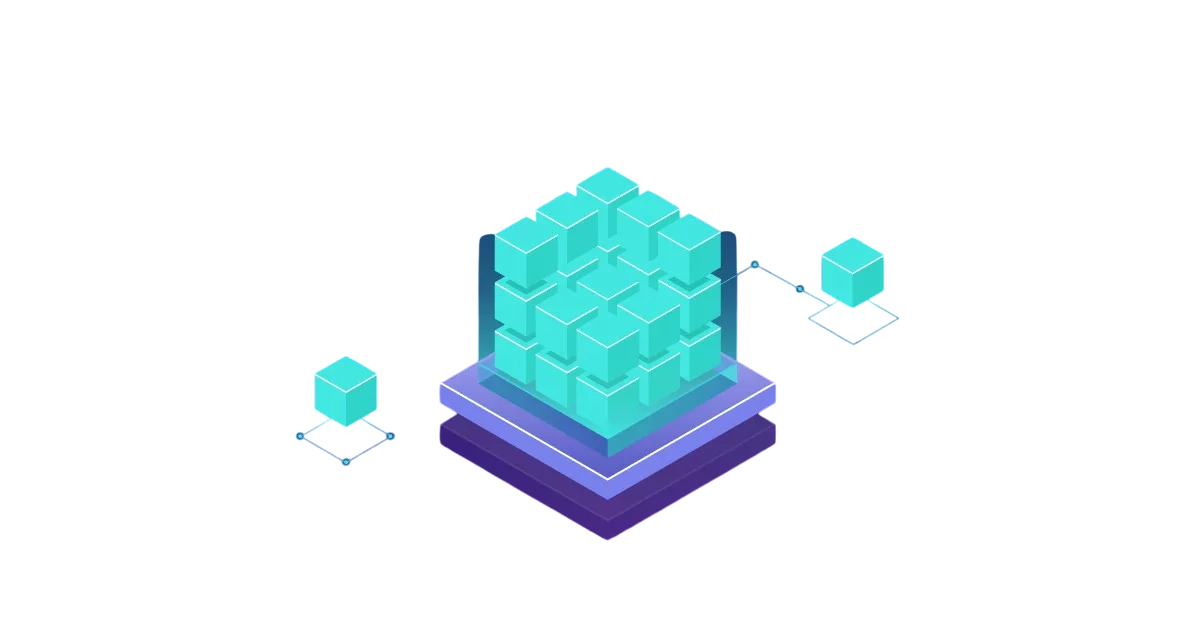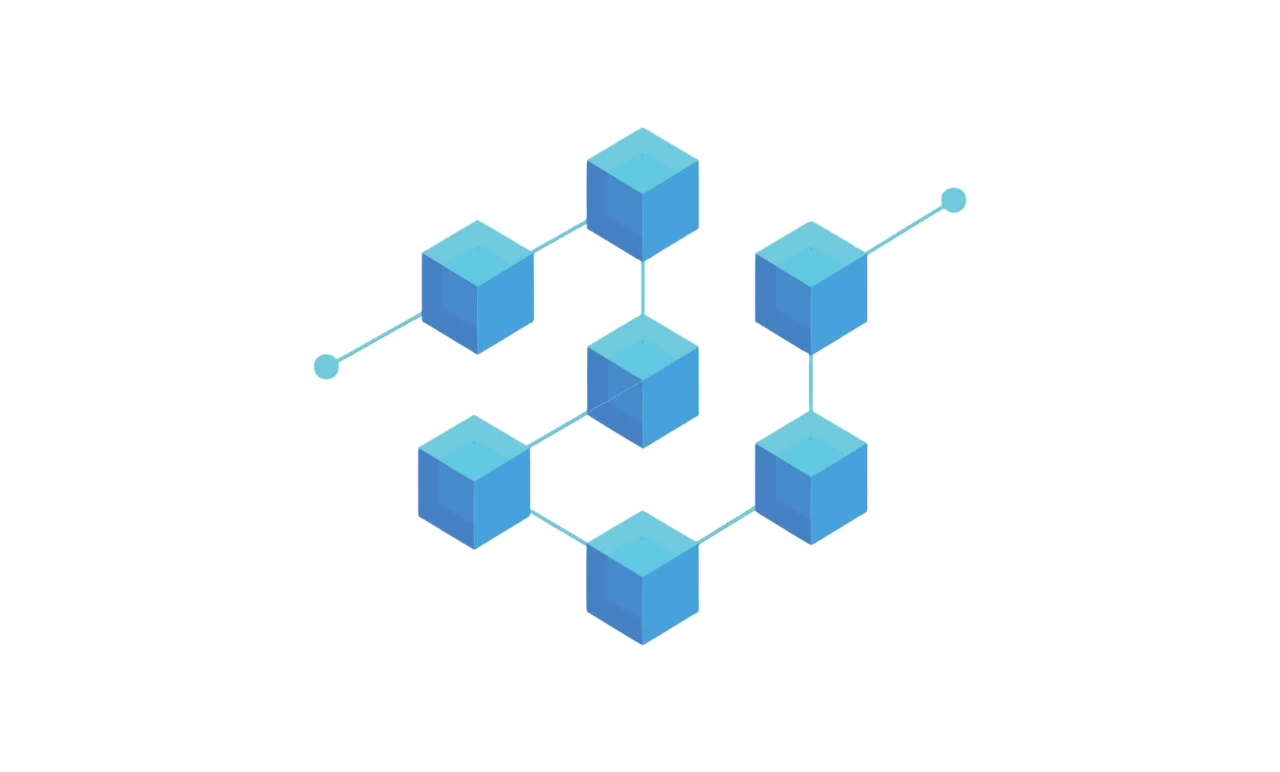
How Blockchain Works
Blockchain operates on a decentralized network where data is stored in blocks that are linked together, creating a secure and immutable ledger. Below is a simple step-by-step explanation of how blockchain works.
Step 1: Transaction Initiation
When a person wants to send digital assets or information (like cryptocurrency or data) to another, they initiate a transaction. This can be done by creating a request using their private key.
- Example: Alice wants to send 2 Bitcoins to Bob.
- Action: Alice creates a transaction request that includes the amount (2 BTC), recipient (Bob’s wallet), and other relevant data.

Step 2: Transaction Validation
Once a transaction is made, it is sent to the blockchain network, where Miners (participants in the blockchain network who validate and secure transactions) review it for validity. The miner’s role is to ensure that the transaction meets all the necessary conditions.
After this validation, miners gather the valid transactions and prepare them for inclusion in the next block. Invalid transactions are rejected, ensuring that only legitimate transactions are added to the blockchain.
- Example: The network nodes check whether Alice has a balance of at least 2 BTC in her wallet.
- Action: Miners validate the transaction and prepare it for the next block while rejecting any fraudulent ones.

Step 3: Creating a New Block
Once the transactions are validated, they are grouped to form a new block. The miner’s software will select valid transactions up to the block size limit set by the network’s protocol. Afterward, a unique hash (a fixed-length string of characters generated by a cryptographic algorithm) is created for the block’s header to ensure data integrity and security.
- Action: All valid transactions are included in the new block, and the hash is generated to represent and secure the block and its transactions.

Step 4: Consensus Mechanism
The network uses a consensus algorithm, such as Proof of Work (PoW) or Proof of Stake (PoS), to reach an agreement about the validity of the new block. For example, in PoW, miners must solve a cryptographic puzzle by adjusting the nonce value (a random number used once in the hashing process) and repeatedly hashing the block’s header until they find a valid solution.
Action: The consensus mechanism ensures that the new block is valid and accepted by the network.
Note: Miners compete to solve this puzzle because the first one to find the correct solution is rewarded with a reward, such as cryptocurrency or other incentives, depending on the blockchain network.

Step 5: Adding the Block to the Blockchain
Once consensus is reached, the block is added to the blockchain. Each block contains a reference to the previous block through a cryptographic hash, forming a continuous chain of blocks. This ensures that the data in the blockchain is immutable.
Action: The new block is linked to the blockchain, and every participant in the network updates their copy of the ledger.

Step 6: Transaction Finalization
Once the block is added, the transaction is confirmed and becomes permanent. The data is stored in the blockchain, and any attempt to alter this data would require changing all subsequent blocks, which is virtually impossible.
Action: The transaction is final, and the blockchain is now updated, with the transaction becoming part of the immutable ledger.

Blockchain Security

Each block in the blockchain contains a hash of the previous block’s data, creating a chain of blocks. If a single block’s data were tampered with, its hash would change, which would break the chain. The network would immediately detect this inconsistency and reject the altered block.
